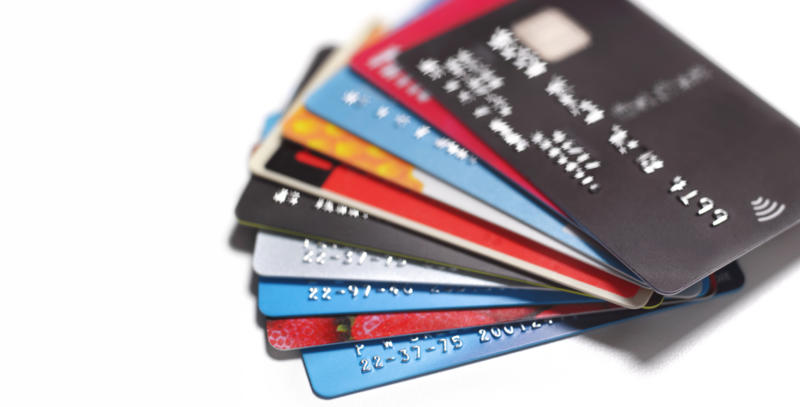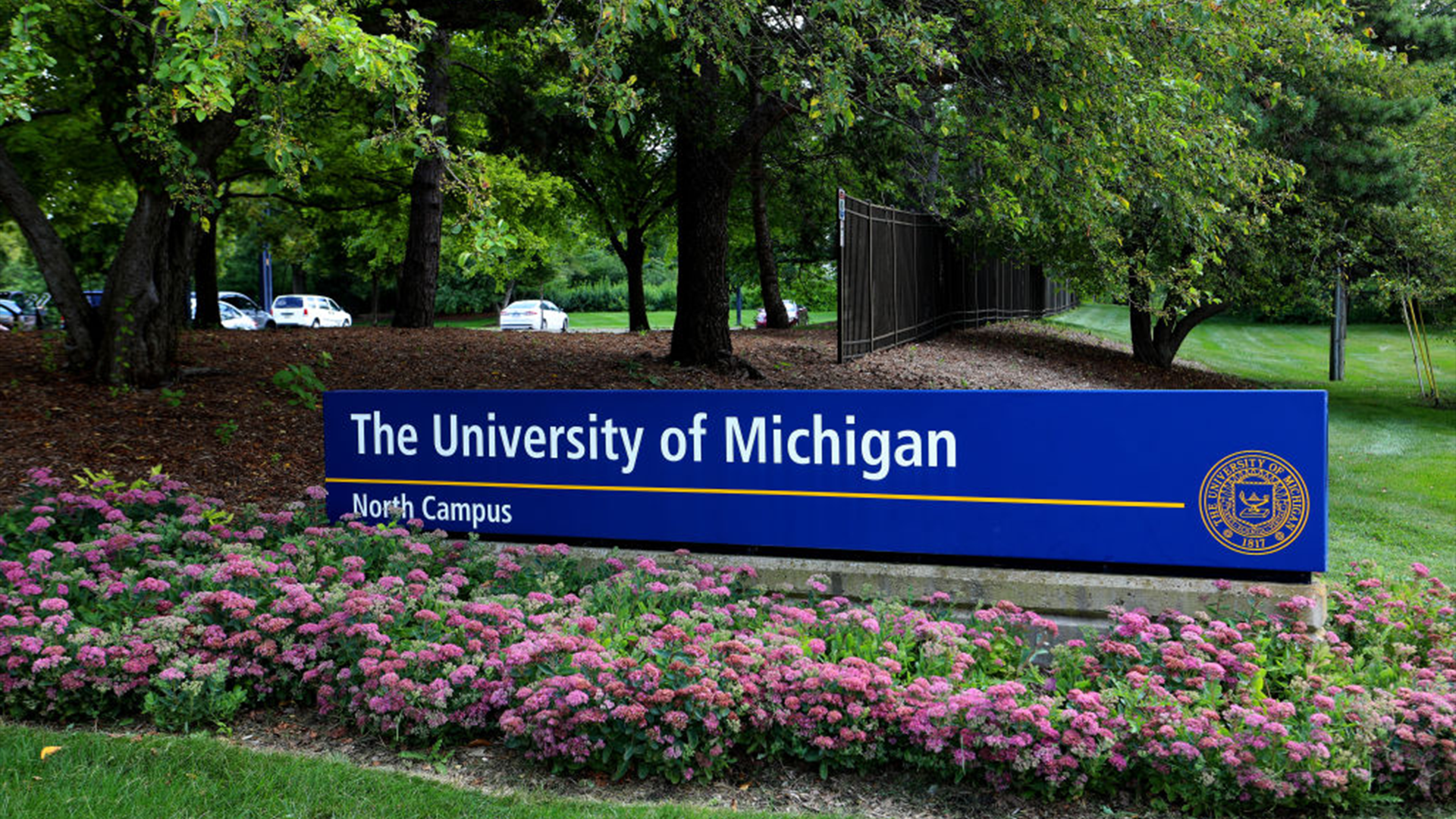Have your finances been rocked by the coronavirus? Your credit card issuer might be willing to offer a helping hand, but you’ll likely have to ask for it.
As America and the rest of the world wrestle with the COVID-19 pandemic, more daily lives are being upended. Lockdowns, self-quarantines and other drastic measures to stop the spread of the virus are becoming more common here in the U.S., leading to missed paychecks and unpaid time off from work and other hardships.
For many Americans, whose financial margin for error is tiny even in the best of economic times, these disruptions can be a really big deal. They can make it hard to pay your mortgage, car loan or credit card bill, for example. The good news is that these disruptions will likely only be temporary, but that doesn’t make things any easier in the short term.
Fortunately, you can take steps right now to help your situation: the simplest step is to call your credit card issuer and ask for help.
Many credit card issuers have plans in place to work with consumers who have been thrust into a temporary financial crisis. These plans may be called different things depending on the issuer — for example, assistance programs or hardship programs — but the intent is the same: helping a cardholder through a rough patch that was not of their making. Cardholders can take advantage of them after major disasters such as hurricanes, wildfires, terrorist attacks and, most recently, virus pandemic outbreaks.
Read Credit card issuers offering help to coronavirus-hit customers
Citi recently sent an email to cardholders, reminding them to call the number on the back of their credit card to ask about the bank’s “assistance program” if they’ve been hit hard financially by the outbreak. Other banks will likely do the same, if they haven’t already, and this is a good thing.

What hardship programs may offer
To be clear, these programs aren’t “get out of debt free” deals. They’re temporary lifelines, lasting maybe three to six months, though timelines will vary widely based on the specific circumstances of the disaster in question.
Nor are these debt management plans, like one you might set up with a credit counselor. There are no third parties involved; this is just a short-term deal between you and your issuer.
Some breaks you might receive include:
-
- Credit limit increases
- Reduced APRs and/or fees
- Smaller minimum payments
- Payment deadline delays
Offerings will vary by issuer, so it’s important to contact your issuer to find out exactly what is offered.
How to get started
To take advantage of these hardship programs, your first move is a phone call, typically to the number on the back of your credit card. From there, ask for someone involved in the bank’s customer hardship program or customer assistance team. If you’re not happy with what you hear from the first person you speak with, ask to escalate it to their manager.
Don’t expect your issuer to give you a break without making you jump through a few hurdles first. You may need to provide documentation of how you were impacted by the disaster (for example, a doctor’s note that recommends self-quarantine). Your card might be closed or temporarily suspended, or the issuer might also put a note on your credit report saying that you’re part of a hardship program. Again, policies can vary widely by issuer, so make sure to ask any questions you might have before you agree to anything.
This article was last updated on March 23, 2020. Terms and conditions may have changed. For the most accurate information, please consult the issuer website.
This piece originally appeared on CompareCards, a media brand owned by LendingTree.
















